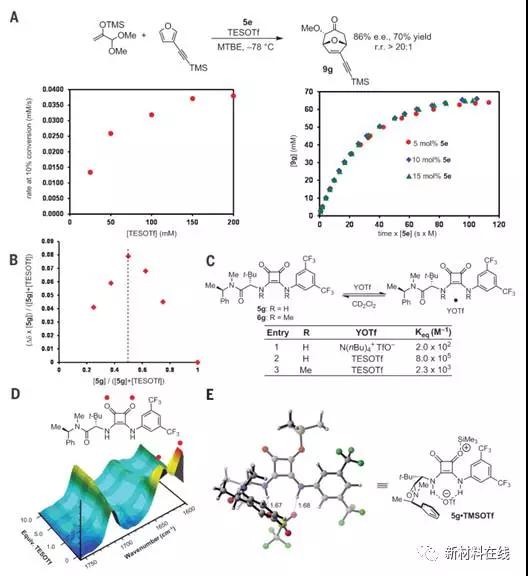
2. Observation of mean path length invariance in light-scattering media The microstructure of a medium has a strong influence on the process by which light propagates through it. The amount of disorder contained in the media determines whether the media is transparent. The theory predicts that if a homogeneous and isotropic medium is excited, some of the optical properties depend only on the external geometry of the medium. Savo et al. demonstrated by optical experiments that the average optical path length of light is constant relative to the microstructure of the medium through which it scatters. Using a colloidal solution of different concentration and particle size, the invariance of the average optical path length was observed over the range of scattering intensity of nearly two orders of magnitude. This result can be extended to a wide range of systems (whether ordered, related, or unordered) and applies to all wave scattering problems. (Science DOI: 10.1126/science.aan4054)
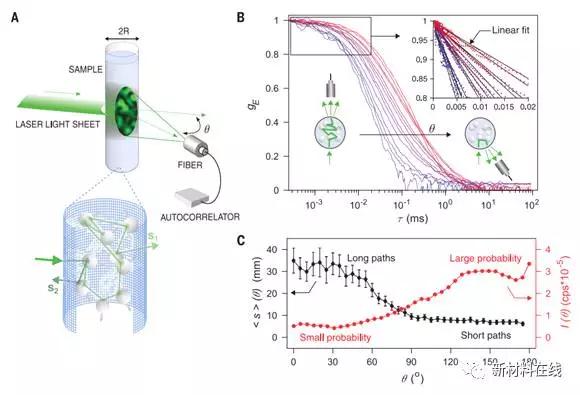
3. The perovskite solar cells with CuSCN hole extraction layer have a stability efficiency of more than 20% (Perovskite solar cells with CuSCN hole extraction layers yield stabilized efficiencies greater than 20%). PSC) can only be achieved using expensive organic hole transport materials. Arora et al. demonstrated the use of copper thiocyanate (I) (CuSCN) as a hole extraction layer to achieve a PSC with a stability efficiency of more than 20%. The use of rapid solvent removal enables the formation of a compact and highly conformal CuSCN layer that facilitates rapid extraction and collection of carriers. PSC can still exhibit high thermal stability under prolonged heating, but its running stability is poor. This instability stems from the potential-induced degradation of CuSCN/Au contact. A conductive reduced graphene oxide spacer layer was added between CuSCN and gold, and the PSC maintained 95% of its initial efficiency after 1000 hours of operation at the maximum power point at 60 degrees Celsius. Most importantly, the CuSCN-based PSC stability exceeds the spiro-OMeTAD-based PSC under continuous full sunlight and heat stress. (Science DOI: 10.1126/science.aam5655)
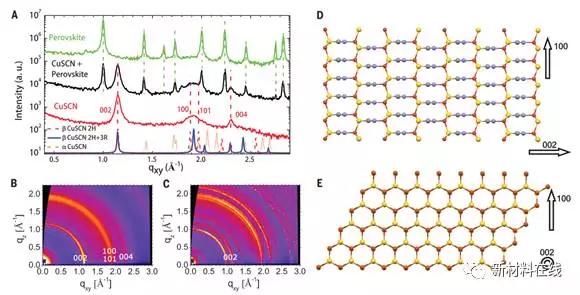
4. Perovskites in catalysis and electrocatalysis Catalysts for chemical and electrochemical reactions have laid the foundation for many modern technologies and industries, from energy storage and conversion to reduction of toxic substances. Discharge to chemical and material synthesis. In order to play this role, it is necessary to design a heterogeneous catalyst that is highly active, stable, and rich in raw earth reserves. In this review, Hwang et al. introduced the basis for the development of (electro)chemical conversion catalysts for carbon, nitrogen and oxidation reactions, namely the perovskite oxide family. Describes the framework for rationalizing reaction activity trends and guiding the design of perovskite oxide catalysts, and then explains how a strong understanding of the perovskite electronic structure provides insight into the activity, stability and mechanism of oxygen electrocatalysis. The paper outlines how these insights open up experiments and computer sessions to expand the composition and chemical reaction space of next-generation perovskite catalysts. (Science DOI: 10.1126/science.aam7092)
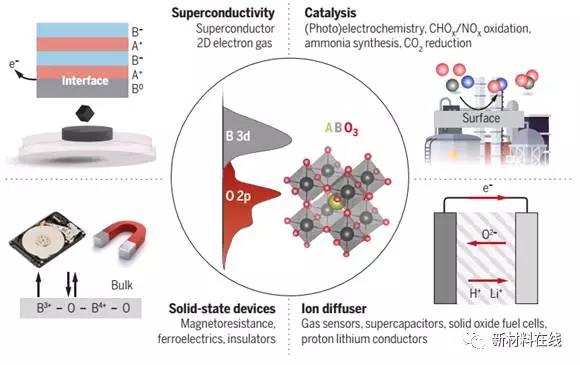
5. Single-molecule FRET reveals that P-type ATPase transport revealed by single-molecule FRET phosphorylation (P-type) ATPase is a ubiquitous major transporter, through phosphatase The formation and decomposition of the intermediate pumps the cation across the cell membrane. Structural studies indicate that the transport mechanism is defined by a conformational change in the cytoplasmic region of the protein that is coupled to the transmembrane helix to deform the ionic binding site to the alternate side of the membrane. Dyla et al. used single-molecule fluorescence resonance energy transfer (FRET) to directly observe conformational changes associated with functional transformation of Listeria monocytogenes Ca2+-ATPase (LMCA1) (orthologous to eukaryotic Ca2+-ATPases). Key intermediates for unknown crystal structures were identified and indicated that the Ca2+ efflux rate of LMCA1 is limited by phosphatase formation. The transport process involves reversible steps and irreversible steps following ADP release and extracellular Ca2+ release. (Nature DOI: 10.1038/nature24296)
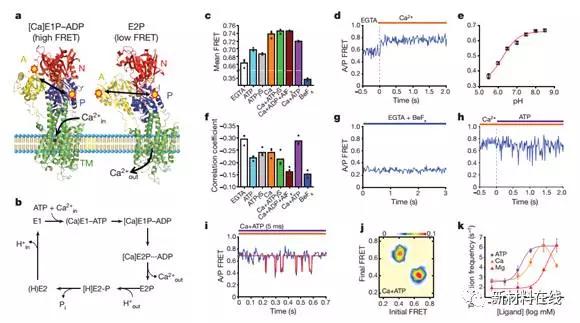 6. High-performance semiconductor quantum-dot single-photon sources Single photons are the basic elements of most quantum optics. An ideal single photon source is a deterministic single photon source defined on demand, and provides optical pulses in well-defined polarization and spatiotemporal modes, and accurately carries one photon. In addition, for many applications, if a single photon can be indistinguishable in all degrees of freedom, there is a quantum advantage. The use of single photon sources based on parametric down conversion, although excellent in many respects, is still challenging to scale up to larger quantum optics systems. In 2000, semiconductor quantum dots were shown to emit a single photon, opening a channel for the integrated single photon source. Senellart reviewed the progress made over the past few years and discussed the remaining challenges. The latest quantum dot-based single photon sources are getting closer to the ideal single photon source and opening up new possibilities for quantum technology. (Nature Nanotechnology DOI: 10.1038/NNANO.2017.218)
6. High-performance semiconductor quantum-dot single-photon sources Single photons are the basic elements of most quantum optics. An ideal single photon source is a deterministic single photon source defined on demand, and provides optical pulses in well-defined polarization and spatiotemporal modes, and accurately carries one photon. In addition, for many applications, if a single photon can be indistinguishable in all degrees of freedom, there is a quantum advantage. The use of single photon sources based on parametric down conversion, although excellent in many respects, is still challenging to scale up to larger quantum optics systems. In 2000, semiconductor quantum dots were shown to emit a single photon, opening a channel for the integrated single photon source. Senellart reviewed the progress made over the past few years and discussed the remaining challenges. The latest quantum dot-based single photon sources are getting closer to the ideal single photon source and opening up new possibilities for quantum technology. (Nature Nanotechnology DOI: 10.1038/NNANO.2017.218) 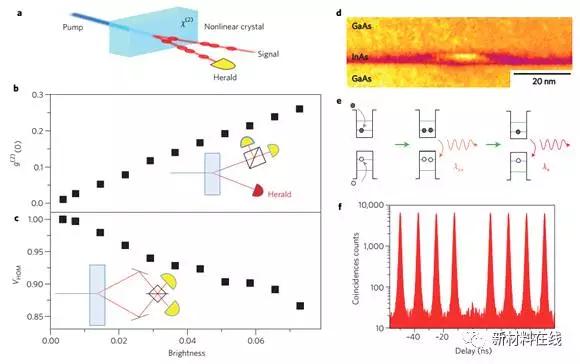 7. How droplets start sliding over solid surfaces The maximum static friction between two solid surfaces is usually greater than the dynamic friction (the force required to maintain the relative motion of the surface after overcoming the static friction) ), this is already known for 200 years. However, the characteristics of the force that hinders the lateral movement of the droplets on the solid surface are not very obvious, and thus the understanding of liquid-solid friction is generally lacking. Gao et al. reported that the lateral adhesion between droplets and solids can also be divided into static and dynamic. This analogy similar to solid-solid friction is a common phenomenon and is suitable for liquids with different polarities and surface tensions on smooth, rough and structured surfaces. (Nature Physics DOI: 10.1038/NPHYS4305)
7. How droplets start sliding over solid surfaces The maximum static friction between two solid surfaces is usually greater than the dynamic friction (the force required to maintain the relative motion of the surface after overcoming the static friction) ), this is already known for 200 years. However, the characteristics of the force that hinders the lateral movement of the droplets on the solid surface are not very obvious, and thus the understanding of liquid-solid friction is generally lacking. Gao et al. reported that the lateral adhesion between droplets and solids can also be divided into static and dynamic. This analogy similar to solid-solid friction is a common phenomenon and is suitable for liquids with different polarities and surface tensions on smooth, rough and structured surfaces. (Nature Physics DOI: 10.1038/NPHYS4305) 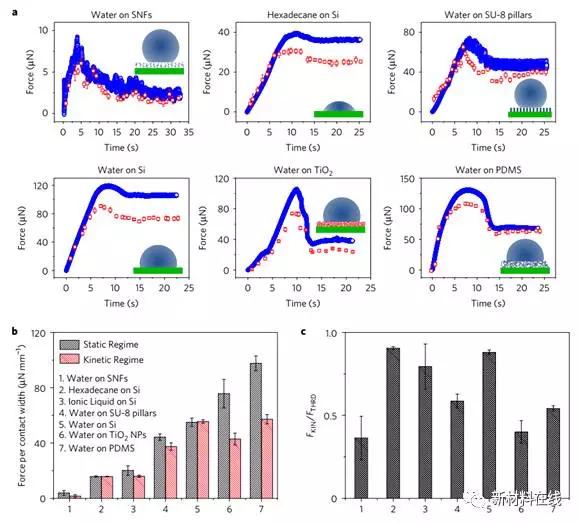 8. Intracellular production of hydrogels and synthetic RNA granules by multivalent molecular interactions. Certain protein components of intracellular non-membrane-binding entities, such as RNA, are known. The particles can form a hydrogel in vitro. The physicochemical properties and functional roles of these intracellular hydrogels are difficult to study, mainly because of the technical challenges of in situ detection of these materials. Nakamura et al. introduced iPOLYMER, a strategy for rapid induction of protein-based hydrogels in living cells, which explores examples of chemically induced dimerization. Biochemical and biophysical characterization by means of computational models indicates that the polymer network formed in the cytosol is similar to a physiological hydrogel entity acting as a size-constrained molecular sieve. Nakamura et al. utilize RNA binding motifs to functionalize these polymers, segregating nucleotides containing polyadenine to synthesize RNA-like particles. These results indicate that iPOLYMER can be used to synthesize heavy constituent nuclei of biological functional entities including RNA particles in intact cells. (Nature Materials DOI: 10.1038/NMAT5006)
8. Intracellular production of hydrogels and synthetic RNA granules by multivalent molecular interactions. Certain protein components of intracellular non-membrane-binding entities, such as RNA, are known. The particles can form a hydrogel in vitro. The physicochemical properties and functional roles of these intracellular hydrogels are difficult to study, mainly because of the technical challenges of in situ detection of these materials. Nakamura et al. introduced iPOLYMER, a strategy for rapid induction of protein-based hydrogels in living cells, which explores examples of chemically induced dimerization. Biochemical and biophysical characterization by means of computational models indicates that the polymer network formed in the cytosol is similar to a physiological hydrogel entity acting as a size-constrained molecular sieve. Nakamura et al. utilize RNA binding motifs to functionalize these polymers, segregating nucleotides containing polyadenine to synthesize RNA-like particles. These results indicate that iPOLYMER can be used to synthesize heavy constituent nuclei of biological functional entities including RNA particles in intact cells. (Nature Materials DOI: 10.1038/NMAT5006) 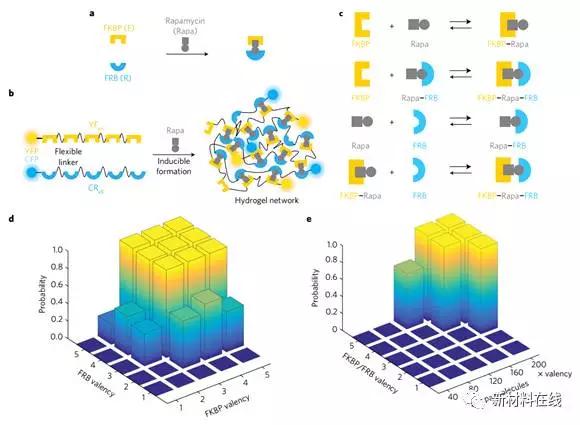
ZHejiang Sealand Technology Co., Ltd. is a trustworthy manufacturer of LNG Mass Flow Meter, LNG Mass Flowmeter, LNG Flow Meter, LNG Flowmeter, LNG meter, ATEX, IECEx & CE approved.
We are the only Chinese brand who gets ATEX, and we get it from TUV SUD, the most authoritative institute for ATEX. Our meter passed all tests carried out by TUV without any modification. Their only suggestion is to replace the cable entry device with a ATEX approved one; thus, please rest assured that we produce our meter with high standard :)
Besides, Sealand meter and calibration lab are approved by CNAS, member of ilac in China.
The 1'' flow meter specification is as follows,
|
Specifications of Coriolis Mass Flow Meter |
|
|
Model No. |
CG-25 |
|
Max. flow rate |
200kg/min |
|
Nominal diameter |
25mm( 1 inch) |
|
LNG accuracy grade |
±0.2% |
|
Zero stability |
0.62kg/hr |
|
Repeatability |
0.05% |
|
Warranty |
2 years |
|
Temperature accuracy |
±1°C ±0.5% of reading |
|
Fluid temperature |
-200~160°C |
|
Packing |
1set/carton |
|
Package size |
665*660*315mm |
|
G.W. |
23kgs |
Please feel free to contact us if you need any other size!
LNG Mass Flow Meter, LNG Mass Flowmeter, LNG Flow Meter, LNG Flowmeter, LNG meter
Zhejiang Sealand Technology Co., Ltd. , https://www.sealandflowmeters.com
